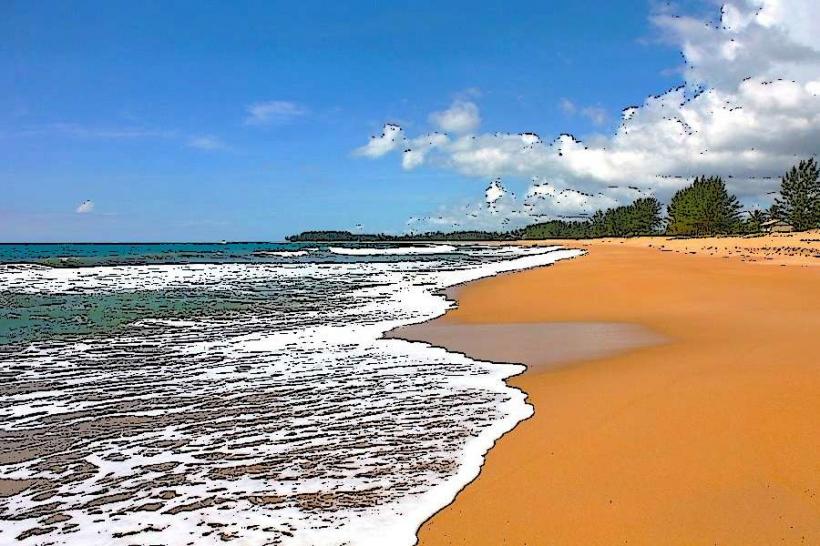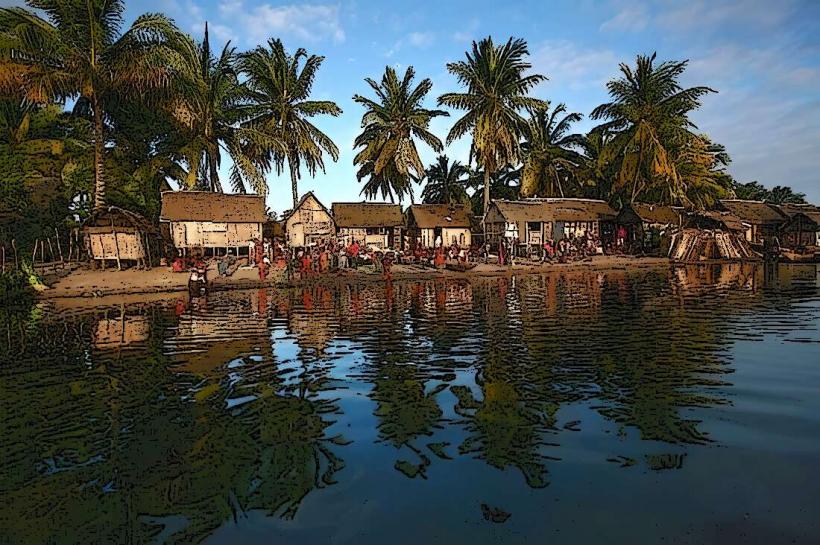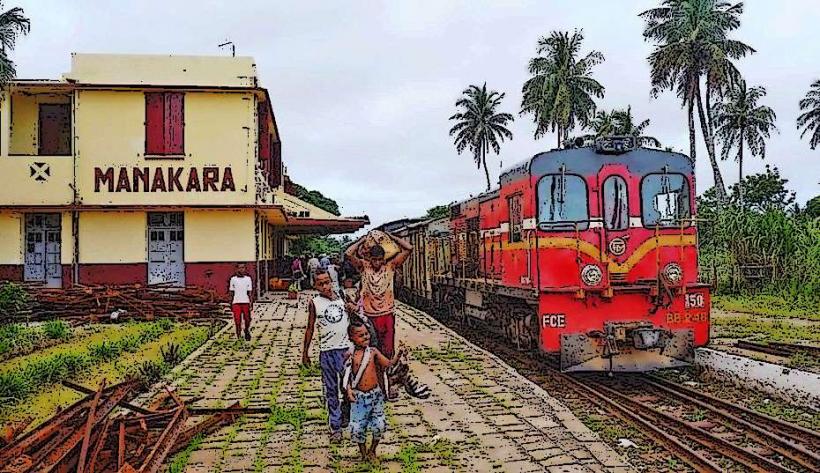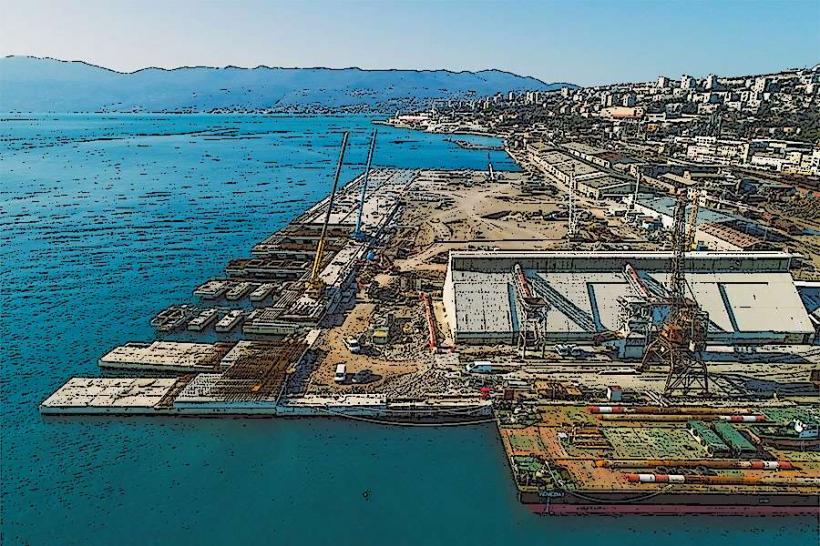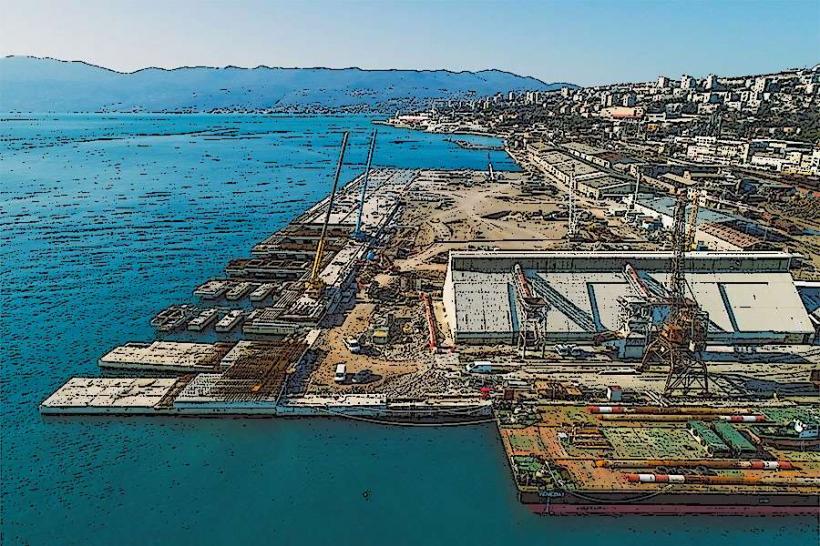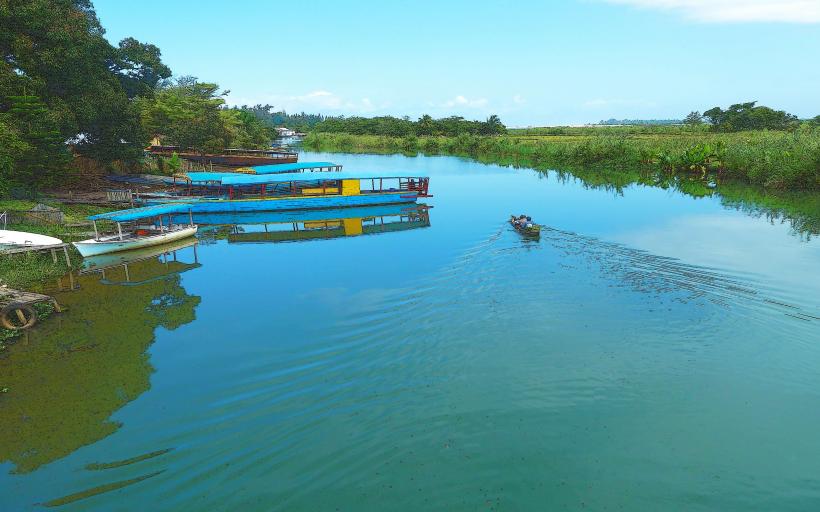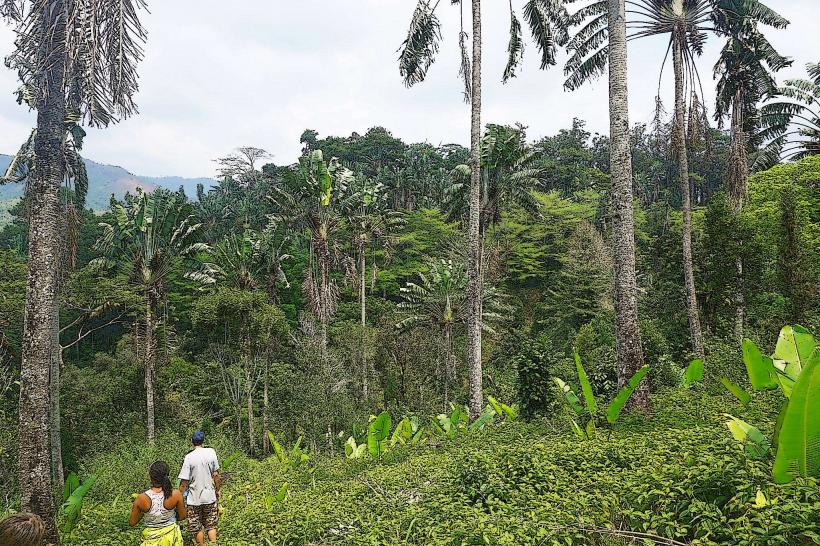Information
Landmark: Nosy VarikaCity: Manakara
Country: Madagascar
Continent: Africa
Nosy Varika is a coastal town located in the Atsimo-Atsinanana region of southeastern Madagascar, along the Indian Ocean. It is part of the Manakara district and serves as an important regional hub, both for local communities and as a small gateway to the island’s rich natural resources and coastal beauty. While Nosy Varika may not be as widely known as some of Madagascar's larger cities or tourist destinations, it offers a unique glimpse into the local culture, coastal ecosystems, and a more tranquil experience of Madagascar's southeast coast.
Key Features of Nosy Varika:
Coastal Location: Nosy Varika is situated along the eastern coastline of Madagascar, making it an important town for maritime activities. The town itself is located near several natural features, including beaches, wetlands, and forests, which provide habitat for a diverse range of flora and fauna. The coastal area offers a more peaceful alternative to the busier ports or cities further north, with a laid-back atmosphere ideal for eco-tourism and exploration.
Access to Canal des Pangalanes: Nosy Varika lies in proximity to the Canal des Pangalanes, the network of interconnected lakes, rivers, and lagoons along Madagascar's eastern coast. While the canal itself is not directly accessible from Nosy Varika, the town serves as a point for local transport, especially by boat, that connects to the broader Canal des Pangalanes system. Visitors can explore this waterway, which runs parallel to the coast and is an excellent way to see Madagascar’s lush tropical landscapes and rural communities.
Agricultural Activities: Like many towns along the eastern coast of Madagascar, Nosy Varika is heavily influenced by the region’s agricultural activities. The fertile lands around the town support the cultivation of crops like rice, cassava, bananas, and sugarcane. The agricultural economy is vital to the local population, with farming and fishing providing the primary livelihoods. In addition to food crops, the area also produces coconuts and spices, such as vanilla, which are important exports.
Fishing and Maritime Culture: Being a coastal town, Nosy Varika has a significant fishing industry. Local fishermen rely on traditional methods of fishing to support their families and contribute to the regional economy. Fishing boats dot the coastline, and the surrounding waters are rich in marine life, which plays a central role in both subsistence and commerce.
Natural Beauty and Biodiversity: The region around Nosy Varika is part of Madagascar’s biodiversity hotspot, with dense tropical forests and wetlands providing habitat for a variety of plant and animal species. Visitors can enjoy the pristine beaches and observe the diverse birdlife, reptiles, and marine creatures in the area. The natural landscapes around Nosy Varika are less commercialized than some of the larger tourist destinations in Madagascar, providing a more authentic and tranquil experience of the island’s coastal ecosystems.
Cultural Heritage: Nosy Varika is home to a mix of Malagasy ethnic groups, and its culture reflects the traditional way of life of the southeastern coastal communities. The town has its own distinct traditions, with craftsmanship, music, and festivals playing an important role in local life. The people of Nosy Varika are known for their hospitality, and visiting the town offers a chance to experience the island's culture and customs in a more intimate setting.
Tourism and Ecotourism: Nosy Varika, while not a major tourist destination, is an increasingly popular location for ecotourism. The region's lush rainforests, coastal ecosystems, and rural communities offer opportunities for hiking, birdwatching, and boat tours. The Canal des Pangalanes is a draw for those interested in water-based travel and exploration, providing access to remote villages and unspoiled natural landscapes. Visitors can also engage with the local fishing community and learn about traditional methods.
Challenges and Opportunities:
- Infrastructure Development: Nosy Varika, like many towns in the region, faces challenges with infrastructure, including roads, transportation, and electricity. The town is relatively isolated, making access to amenities and services more limited compared to larger urban areas.
- Sustainability and Conservation: As Madagascar's ecosystems face growing pressures from deforestation and climate change, maintaining sustainable practices in both agriculture and tourism is a priority for the region. Sustainable development initiatives, including eco-friendly tourism and conservation efforts, could help preserve the area's unique natural beauty and cultural heritage.
Best Time to Visit:
The best time to visit Nosy Varika is during the dry season, which typically runs from April to October. During this period, the weather is more pleasant for outdoor activities, such as hiking, exploring the forests, and boat tours along the Canal des Pangalanes. The rainy season (November to March) brings heavy rainfall, which can sometimes make travel and activities more challenging, especially in remote areas.
Conclusion:
Nosy Varika offers a more off-the-beaten-path experience of Madagascar, combining beautiful coastal landscapes, rich biodiversity, and a window into the traditional rural life of the southeast. While not as well-known as other destinations in Madagascar, the town and its surroundings provide a peaceful retreat for those interested in ecotourism, cultural immersion, and natural exploration. The region’s natural beauty, combined with its agricultural and maritime heritage, makes it a compelling destination for those seeking an authentic and tranquil Malagasy experience.

